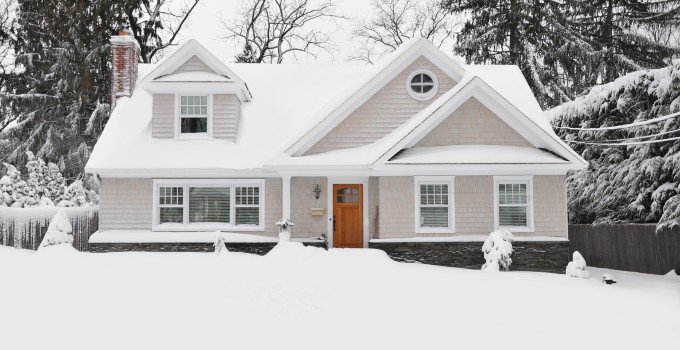STOP ANTS, COCKROACHES AND OTHER PESTS FROM ENTERING YOUR HOME!
Integrated Pest Management (IPM) is a method of blocking bugs’ way into your home or business by targeting the pest, eliminating the source of the problem and managing to control re-infestations with as little chemical as possible.
- If you are concerned about pests invading your home and feel as though you could handle your pest control needs on your own, here are some DIY pest control tips, courtesy of Parents magazine:
- Clean up stray crumbs – Especially under the refrigerator and beneath stove burners.
- Declutter – Pests love to hide in stacks of newspapers or dusty piles of mail.
- Use wood shims and a caulking gun – Close gaps in baseboards and around exterior doors, where bugs often enter.
- Get rid of standing water – Especially under your sink or in your basement so that bugs don’t have anywhere to drink. Have a plumber fix any leaks and use a dehumidifier in your basement.
- Choose less-toxic traps – Baits and gels target bugs where they live and won’t travel through the air and spread throughout your home.
While these tips may not be enough to rid homes of every type of pest, they are a good start for those parents who are concerned about overusing do-it-yourself sprays. Should you try these tips and your pest control needs persist, consider calling us at Schendel. We understand the unique application methods required in sensitive environments, such as hospitals. Schendel proudly protects more than 100 hospital facilities that treat more than 2,000,000 patients each year. IPM is part of the service we provide to our customers and is something you should consider asking of any pest control company that provides service to your home or business.
GET RID OF TERMITES BY MAKING THEM FEEL UNWELCOME
There are steps homeowners can take to reduce the chances of a termite infestation. While these are important prevention measures, they aren’t guaranteed to stop termites.
- Don’t affix wooden trellises to exterior walls.
- Keep mulch, wood debris, scrap lumber, sawdust and firewood away from buildings.
- Don’t bury wood debris near your home.
- Remove infested trees and stumps.
- Repair leaky roofs and gutters.
- Repair leaking faucets and water lines, both indoors and outdoors.
- Don’t allow leaves to accumulate in gutters or drains.
- Grade soil so that water (including air conditioning condensate) runs away from foundations.
- Ventilate crawl spaces and attics to reduce humidity.
- Cover at least 90% of the soil in crawl spaces with plastic sheeting.
- Make sure wood siding, stucco and foam board are at least six inches away from the ground.








